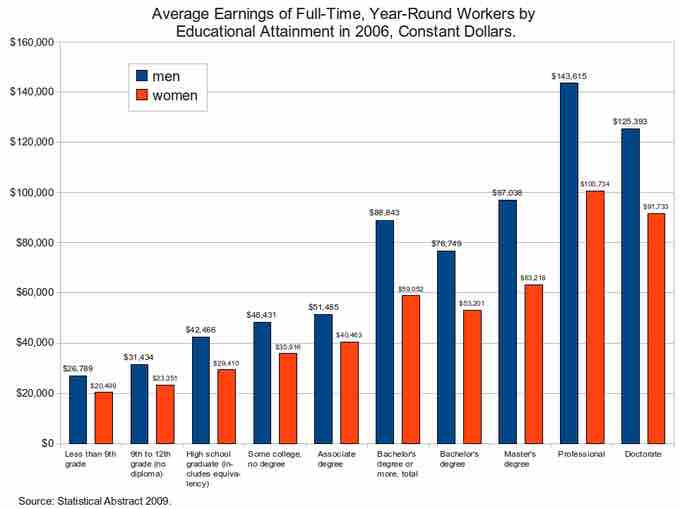Despite flooding the workplace since the 1970s and 1980s, women still face many institutional challenges to equality in the workplace. The most obvious and publicly condemned example of inequality in the workplace is the prevalence of occupational sexism, or any discriminatory practice, statement, or action based on a person's sex that occur in a place of employment. One typical manifestation of occupational sexism is sexual harassment–-the intimidation, bullying, teasing, or coercion of a sexual nature, or the unwelcome or inappropriate promise of rewards in exchange for sexual favors. Sexual harassment may be a particular offer extended to an individual (i.e., a promotion in return for sexual rewards) or the general atmosphere created within a workplace. If a workplace engenders an environment that is hostile to women, that workplace is in violation of employment law that bans sexual harassment. However, sexual harassment is not synonymous with workplace inequality. Legally, sexual harassment can be directed by one person of either gender towards another person of either gender. However, inequalities in the workplace typically refer to institutional barriers placed in the way of professional success for women.
Beyond sexual harassment, the most obvious instance of inequality in the workplace is wage discrimination. Frequently referred to as the gender pay gap, this phenomenon observes that women are consistently paid less for performing the same tasks as men. While the exact figure varies in response to a variety of factors, there is little debate that women earn less than men. Women are estimated to earn 76% of what men earn for the same work. In other words, women make 76 cents for every dollar men earn for performing the same task. Part of the pay gap can be attributed to the fact that, more often than men, women tend to engage in part-type work or work in lower-paid industries. This explanation of the pay gap invokes the notion of the pink-collar worker. A "pink-collar worker" is a term for designating the types of jobs in the service industry that are considered to be stereotypically female, such as working as a waitress, nurse, teacher, or secretary. The term attempts to distinguish this type of work from blue-collar and white-collar work. However, not even this acknowledgement explains the entirety of the wage gap, for even women working full time in higher-paid industries earn less than their male colleagues.

Earning Disparities between Men and Women
The above graph shows the average earnings of workers by education and sex.
The larger schema into which the gender pay gap fits is the notion of a "glass ceiling" for women in the workplace. The term refers to institutional barriers for which there is little hope for legal redress and, thus, appear to be as invisible as glass but that nevertheless limit the rise of women in the workplace. Certainly, the pay gap and other economic issues play into the notion of a glass ceiling, but the term also refers to more general power dynamics. During the 2008 American presidential election, Senator Hillary Clinton's campaign was considered to contribute to helping shatter the glass ceiling for women in the United States.